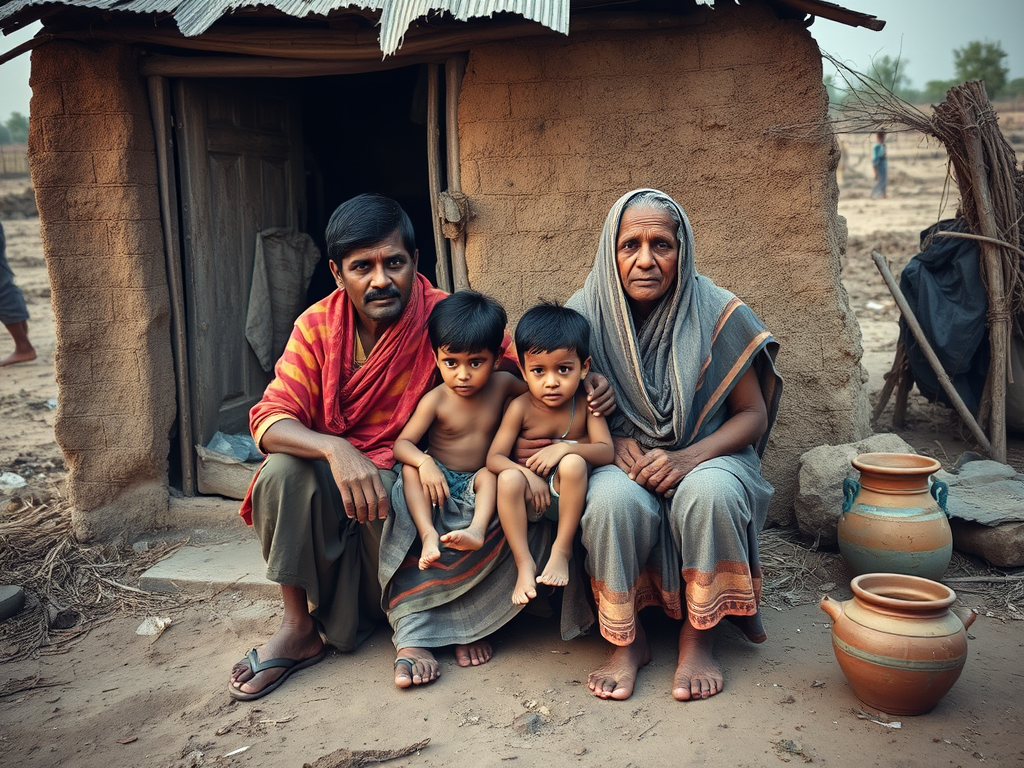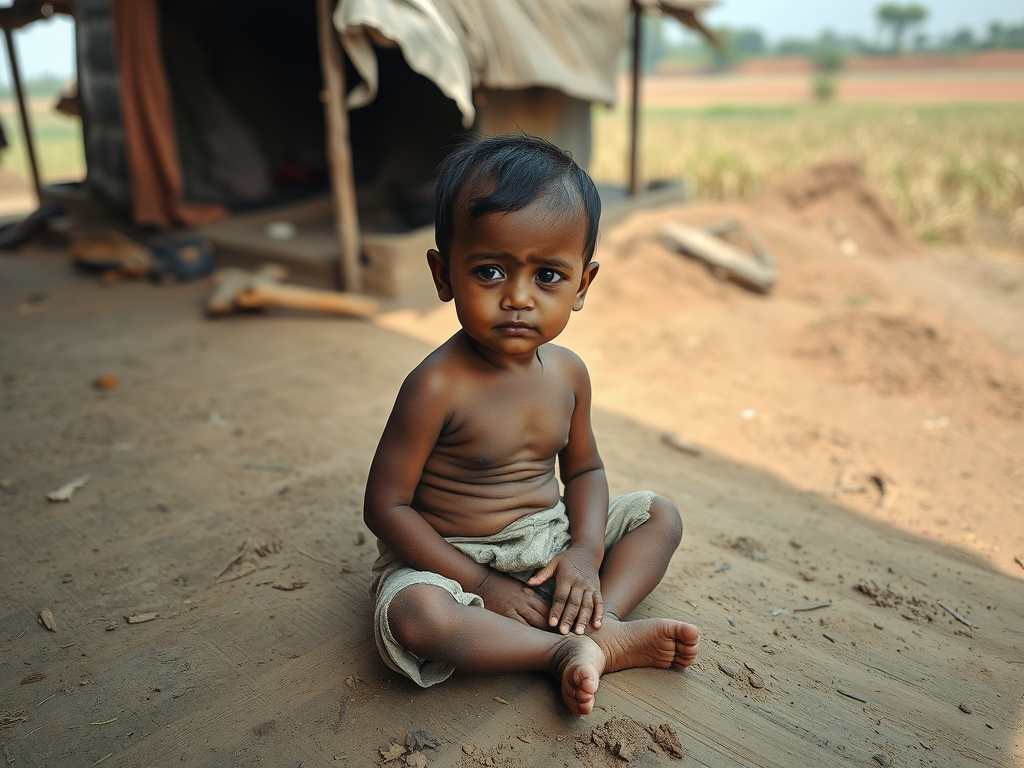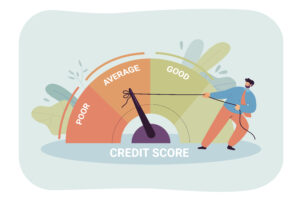Can Stunted Growth Be Reversed?
The Stunted Growth of Kids in India: A Call for Urgent Action

Introduction
The Question of Can Stunted Growth Be Reversed? becomes very important to think about as we know Every child deserves the chance to grow, learn, and thrive, yet millions of children in India face a stark reality—stunted growth caused by poverty and malnutrition. This silent crisis robs children of their potential, leaving lasting scars on their physical and mental development. In view of poverty it’s very important to know about, Can stunted growth of kids be reversed ?
India has one of the highest rates of stunted growth in the world, with over 35% of children under five suffering from this condition. This article explores the causes, consequences, and potential solutions for this pressing issue. By addressing stunted growth, we can create a brighter future for India’s children.
Table of Contents
What is Stunted Growth?
Stunted growth refers to impaired growth and development in children, often due to chronic malnutrition. According to the World Health Organization (WHO), stunting is measured by comparing a child’s height-for-age against standardized growth charts. Children who fall below two standard deviations are classified as stunted.
This condition isn’t merely about height. It signals underlying issues such as poor nutrition, frequent infections, and a lack of essential resources, which collectively hinder a child’s overall development.

The Causes of Stunted Growth in India
Addressing stunted growth requires an understanding of its root causes, which often stem from poverty and systemic challenges.
1. Poverty and Food Insecurity
In India, poverty directly impacts access to nutritious food. Families struggling to make ends meet often prioritize cheaper, calorie-dense foods over nutritious options, leading to deficiencies in essential vitamins and minerals.
2. Lack of Healthcare Access
Poor healthcare infrastructure leaves millions without access to vaccines, regular check-ups, or treatment for preventable diseases like diarrhea. These illnesses exacerbate malnutrition, worsening the effects of stunted growth.
3. Cultural and Social Norms
Certain cultural practices—such as early marriages and limited prenatal care—increase the risk of malnutrition among mothers and children. Unequal food distribution within households also disadvantages female children, compounding their vulnerability.
Understanding Malnutrition
Malnutrition is the underlying cause of stunted growth and can be categorized into several forms.
Wasting vs. Stunting
- Wasting: Acute malnutrition leading to low weight for height.
- Stunting: Chronic malnutrition resulting in low height for age.
Both conditions are alarming, but stunting reflects long-term deprivation, leaving deeper scars on development.
Hidden Hunger
Hidden hunger occurs when children consume enough calories but lack essential micronutrients like iron, zinc, and vitamin A. This “invisible” form of malnutrition is particularly dangerous because its effects may go unnoticed until significant damage has occurred.
The Consequences of Stunted Growth
The impacts of stunted growth extend beyond physical health, affecting cognitive abilities, emotional well-being, and societal progress.
1. Cognitive Impairment
Children with stunted growth often struggle academically due to delayed brain development, reduced concentration, and lower IQ levels.
2. Economic Costs
A stunted workforce translates into lower productivity, perpetuating cycles of poverty. According to studies, countries with high rates of malnutrition lose up to 11% of GDP annually due to its impact on economic output.
3. Intergenerational Impact
Malnutrition during childhood increases the likelihood of malnourished offspring, creating a vicious cycle of poor health and limited opportunities.

Can Stunted Growth Be Reversed?
The good news is that stunted growth can be addressed, especially with early intervention.
1. Nutritional Interventions
Programs such as ICDS (Integrated Child Development Services) provide supplemental nutrition to children and pregnant women. Proper breastfeeding practices and introducing nutrient-rich complementary foods also play a critical role.
2. Healthcare Improvements
Access to vaccinations, deworming treatments, and clean drinking water reduces infections that contribute to malnutrition.
3. Education and Awareness
Empowering families with knowledge about balanced diets and hygiene practices ensures long-term prevention. Campaigns such as Poshan Abhiyaan have been instrumental in creating awareness at grassroots levels.
Case Studies: Success Stories in India
Kerala: A Model for Healthcare
Kerala’s robust public healthcare system has significantly reduced stunted growth rates, showcasing how investment in maternal and child health yields results.
Madhya Pradesh: Community Kitchens
In a remote village, community kitchens funded by NGOs have transformed the nutritional landscape, reducing malnutrition rates within three years.
The Role of Individuals and Society
1. Donating and Volunteering
Support organizations working to combat malnutrition by donating funds or volunteering your time.
2. Spreading Awareness
Educate others about the importance of nutrition and the devastating effects of stunted growth. Share articles, host discussions, and encourage action in your community.
Comparison: Stunting vs. Wasting
| Aspect | Stunting | Wasting |
| Definition | Low height for age | Low weight for height |
| Cause | Chronic malnutrition | Acute malnutrition |
| Duration | Long-term | Short-term |
| Severity | Affects overall development | Immediate risk to survival |

Conclusion
The stunted growth of children in India reflects a deeper crisis of inequality, poverty, and systemic failure. However, it is not an irreversible fate. By investing in nutrition, healthcare, and awareness, we can give every child the chance to grow and thrive. So rethink about, Can stunted growth of kids be reversed ? and act now!
Together, let’s create a future where no child is held back by malnutrition. Visit ourfinocracy.com for more insights and join the movement to end stunted growth in India today.
FAQs
What causes stunted growth in children?
Chronic malnutrition, poverty, and lack of healthcare access are primary causes of stunted growth in children.
Can stunted growth be reversed?
Yes, with early interventions like proper nutrition and healthcare, the effects of stunted growth can often be mitigated.
What is the difference between stunting and wasting?
Stunting is chronic malnutrition leading to low height for age, while wasting is acute malnutrition causing low weight for height.
How does malnutrition affect cognitive development?
Malnutrition impairs brain development, leading to lower IQ levels, learning difficulties, and reduced academic performance.
What role do NGOs play in combating malnutrition?
NGOs provide critical resources like supplemental nutrition, healthcare access, and education to underprivileged communities.












